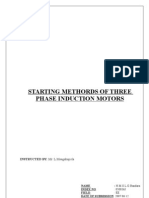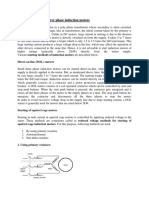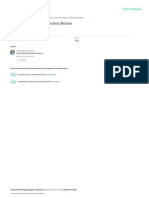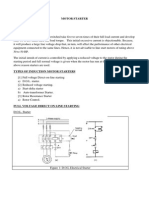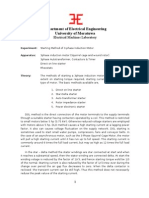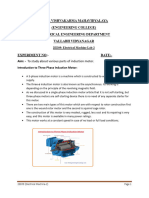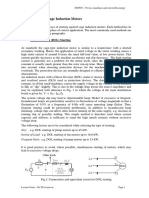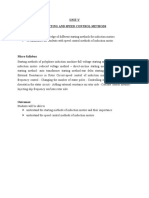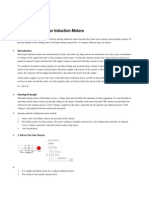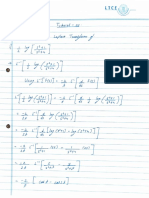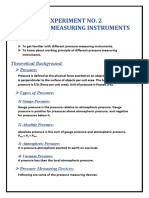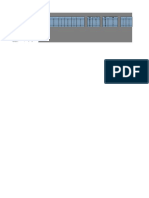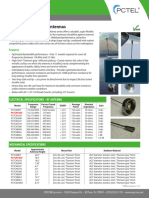0% found this document useful (0 votes)
330 views4 pagesInduction Motor Starting Methods
The document discusses various starting methods for induction motors, including:
1) Direct online (DOL) starting, which gives high starting current and torque but is only suitable for small motors.
2) Star-delta starting and auto-transformer starting, which reduce starting current and torque.
3) Rotor resistance starting for wound rotor motors, which uses added external resistance to decrease starting current and increase starting torque.
4) Reversing direction can be done by swapping the connections to any two motor terminals.
Uploaded by
Sasareka GunawardanaCopyright
© Attribution Non-Commercial (BY-NC)
We take content rights seriously. If you suspect this is your content, claim it here.
Available Formats
Download as DOCX, PDF, TXT or read online on Scribd
0% found this document useful (0 votes)
330 views4 pagesInduction Motor Starting Methods
The document discusses various starting methods for induction motors, including:
1) Direct online (DOL) starting, which gives high starting current and torque but is only suitable for small motors.
2) Star-delta starting and auto-transformer starting, which reduce starting current and torque.
3) Rotor resistance starting for wound rotor motors, which uses added external resistance to decrease starting current and increase starting torque.
4) Reversing direction can be done by swapping the connections to any two motor terminals.
Uploaded by
Sasareka GunawardanaCopyright
© Attribution Non-Commercial (BY-NC)
We take content rights seriously. If you suspect this is your content, claim it here.
Available Formats
Download as DOCX, PDF, TXT or read online on Scribd
/ 4


